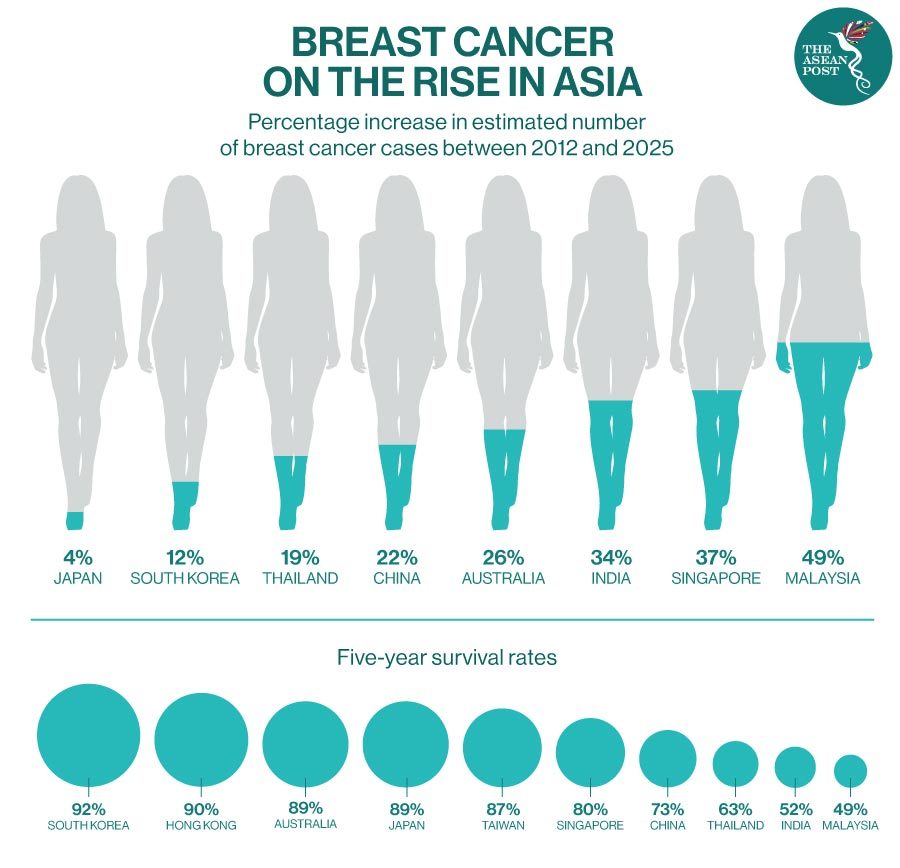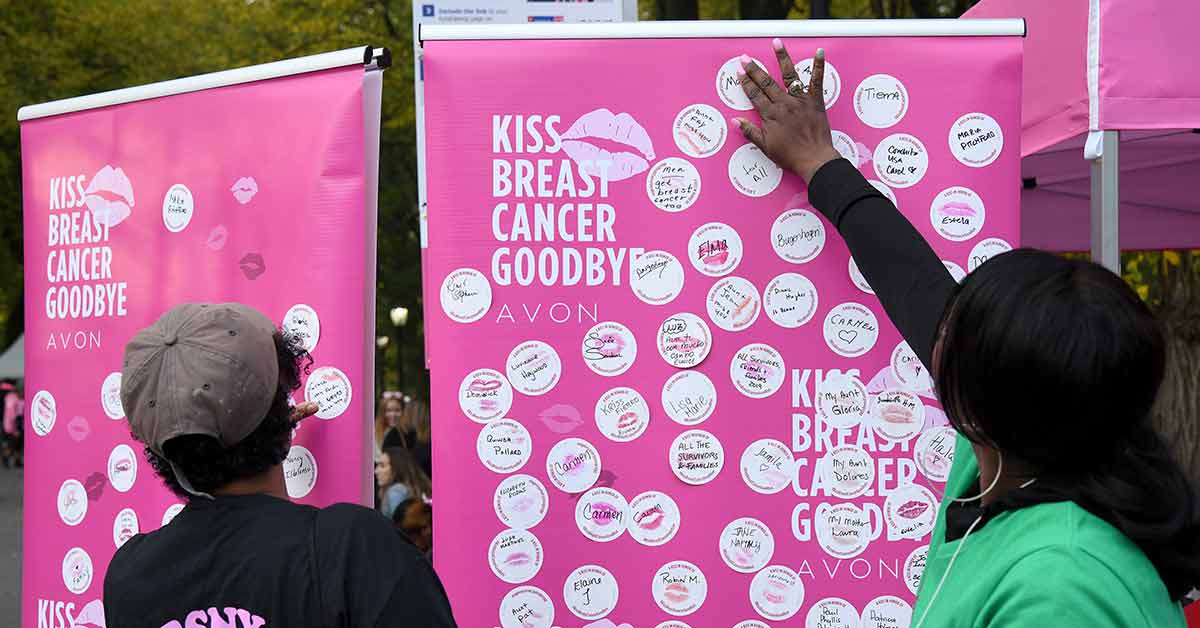Every year in October, pink ribbons are distributed as part of a public awareness campaign aimed at reminding women across the globe to head for a breast examination in order to combat breast cancer.
2020’s Breast Cancer Awareness campaigns have mainly shifted to social media and online as most nations are currently practicing social isolation amid the coronavirus pandemic. However, as countries are still battling the deadly outbreak, and while some are even bracing for a second wave – cancer awareness campaigns this year are not as loud as in past years.
According to the World Health Organisation (WHO), there are about 1.38 million new cases and over 400,000 deaths from breast cancer every year. Breast cancer is by far the most common form of cancer for women worldwide, both in developed and developing countries.
Nevertheless, the WHO notes that the majority of deaths occur in low- and middle-income countries, where most women with the disease are diagnosed in late stages. This is perhaps due to the lack of awareness on early detection and barriers to health services.
Breast cancer was once largely confined to Western countries; however, it is now a major healthcare issue across the Asia-Pacific region.
Back in 2018, Cancer Research Malaysia (CRM) stated that Malaysia had one of the lowest survival rates for breast cancer in the region, with a five-year survival rate of only 49 percent compared to 92 percent in South Korea, 80 percent in Singapore and over 70 percent in China and 52 percent in India.
“The low survival rate is largely because of the late presentation of the disease – about 50 percent of patients seek treatment at stage three and four when the disease is harder to treat. It is also due to poor adherence to recommended treatment,” said Dr Teo Soo Hwang from CRM.
Nevertheless, a recent index developed by the Economist Intelligence Unit (EIU) suggested that Australia, South Korea and Malaysia are most prepared to meet the burden of more cancer cases.

Risk Factors And Symptoms
The WHO notes that currently there is not sufficient knowledge on the cause of breast cancer. However, studies have shown that one’s risks for breast cancer is due to a combination of several factors.
The United States’ (US) Centers for Disease Control and Prevention (CDC) categorised risk factors for breast cancer into two types; the ones you cannot change, and those that can be changed.
Some of the risk factors that are out of our control include family history of breast or ovarian cancer, genetic mutations and age, as most patients are diagnosed after the age of 50. Nevertheless, there have been numerous cases where those under 50 have been diagnosed with breast cancer.
Whereas some of the risk factors that one can change include physical activeness and alcohol consumption.
The most common symptom of breast cancer is a new lump or mass. Therefore, it is extremely important to have any new changes to the breasts to be checked by health care professionals immediately. Other possible symptoms include swelling of all or part of a breast, skin dimpling, swollen lymph nodes, and discharge, among others.
“Early detection of the disease remains the cornerstone of breast cancer control. When breast cancer is detected early, and if adequate diagnosis and treatment are available, there is a good chance that breast cancer can be cured,” stated the WHO.
COVID-19 Pandemic
A media report stated that the coronavirus crisis has compounded the problem of cancer as patients refrain from visiting hospitals for fear of being infected by the COVID-19 virus. In addition, hospitals and medical centres have also been swamped with coronavirus patients which then leaves those in need of other forms of medical care “on the back burner.”
Jesse Quigley Jones, managing editor of the EIU said the in the Philippines, for example, cancer patients who were no longer able to attend advanced medical facilities were simply discharged into the wider community without any continuity of care.
The EIU has warned of a possible “mini-tsunami of cancer cases” once patients eventually return to hospitals for treatment and check-ups.
Delayed and postponed cancer treatments and surgeries due to coronavirus lockdowns have also been reported in other countries such as India and the US.
Other than that, many women have also not gone for mammography screenings in recent months for fear of catching the new coronavirus.
At a time when research is crucial, scientists working on cancer research have also been affected as the current pandemic has effectively halted research since the outbreak began.
Nevertheless, as virus restrictions are slowly eased in many countries, perhaps it is time for women to go for mammographies and relevant check-ups.
In conjunction with Breast Cancer Awareness month, The ASEAN Post urges all our readers to go for a breast cancer screening soon as early detection can save lives.
Related Articles:
